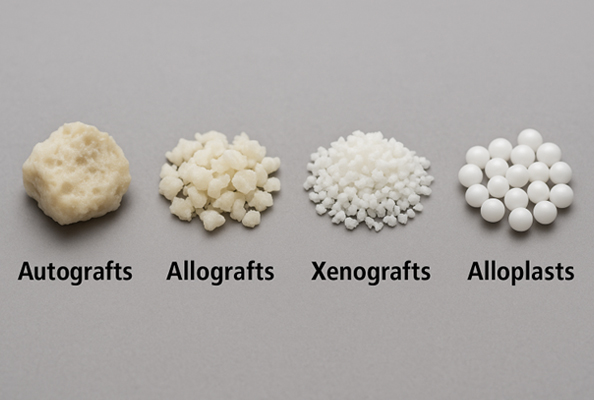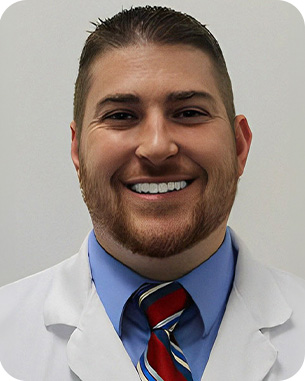Bone grafting is a cornerstone in modern implant dentistry, enabling clinicians to overcome challenges posed by insufficient bone volume in patients seeking dental implants. The selection of the appropriate bone graft material is pivotal to the success of the graft and the subsequent implant placement. With a variety of options available—ranging from autografts to allografts and synthetic materials—dental professionals must understand the unique properties, advantages, and limitations of each graft material to make informed decisions tailored to the patient’s specific needs.
In this article, we will examine the primary types of bone graft materials—autografts, allografts, xenografts, and alloplasts—exploring their biological properties, clinical applications, and how to determine the most suitable option for different clinical scenarios. By understanding the strengths and limitations of each material, clinicians can optimize patient outcomes in bone grafting procedures.
1. Understanding Bone Grafting in Implantology
Bone grafting is often necessary when there is insufficient bone to support dental implants, whether due to tooth extraction, periodontal disease, trauma, or congenital defects. The goal of bone grafting is to create a stable, healthy foundation that promotes osseointegration, allowing for the successful placement of implants.
To achieve this, the graft material must possess key characteristics, such as:
- Osteoconductivity: The ability to provide a scaffold for the new bone to grow into.
- Osteoinductivity: The capacity to stimulate the differentiation of mesenchymal stem cells into bone-forming cells.
- Osteogenesis: The ability to generate new bone from the graft itself.
- Biocompatibility: The material should integrate seamlessly with the surrounding tissue and should not elicit an immune response.
Choosing the right graft material depends on the clinical situation, patient’s overall health, desired outcome, and other factors, including cost, availability, and risk of complications.
2. Autografts: The Gold Standard for Bone Grafting
Autografts are bone grafts harvested from the patient’s own body, typically from sites such as the iliac crest, tibia, or mandibular symphysis. They are often regarded as the gold standard in bone grafting due to their superior osteogenic, osteoinductive, and osteoconductive properties.
Advantages of Autografts
- Osteogenic Potential: Contain viable osteoblasts, enabling new bone formation directly from the graft.
- Excellent Integration: High success rate due to biological compatibility.
- No Risk of Rejection: Autologous origin eliminates immune response.
Limitations of Autografts
- Additional Surgery: Requires a donor site, increasing morbidity and operative time.
- Limited Quantity: May not provide sufficient volume for larger defects.
- Higher Cost: Added surgical procedures increase cost and complexity.
When to Use Autografts
Autografts are best suited for large or complex bone defects where maximum regenerative potential is required and the patient’s health allows for a second surgical site.
3. Allografts: A Widely Used Alternative
Allografts are human donor grafts processed to ensure safety and sterility. They are commonly available as freeze-dried bone allograft (FDBA) or demineralized bone matrix (DBM).
Advantages of Allografts
- No Donor Site Morbidity: Eliminates need for harvesting bone from the patient.
- Wide Availability: Convenient and versatile for various procedures.
- Reduced Operating Time: Simpler and quicker than autograft harvesting.

Get full access to this article, many others published weekly, and a library of exclusive resources by becoming an ADI MEMBER today. Stay informed, expand your knowledge, and connect with leading professionals in dentistry.
Already a member? Login Now













